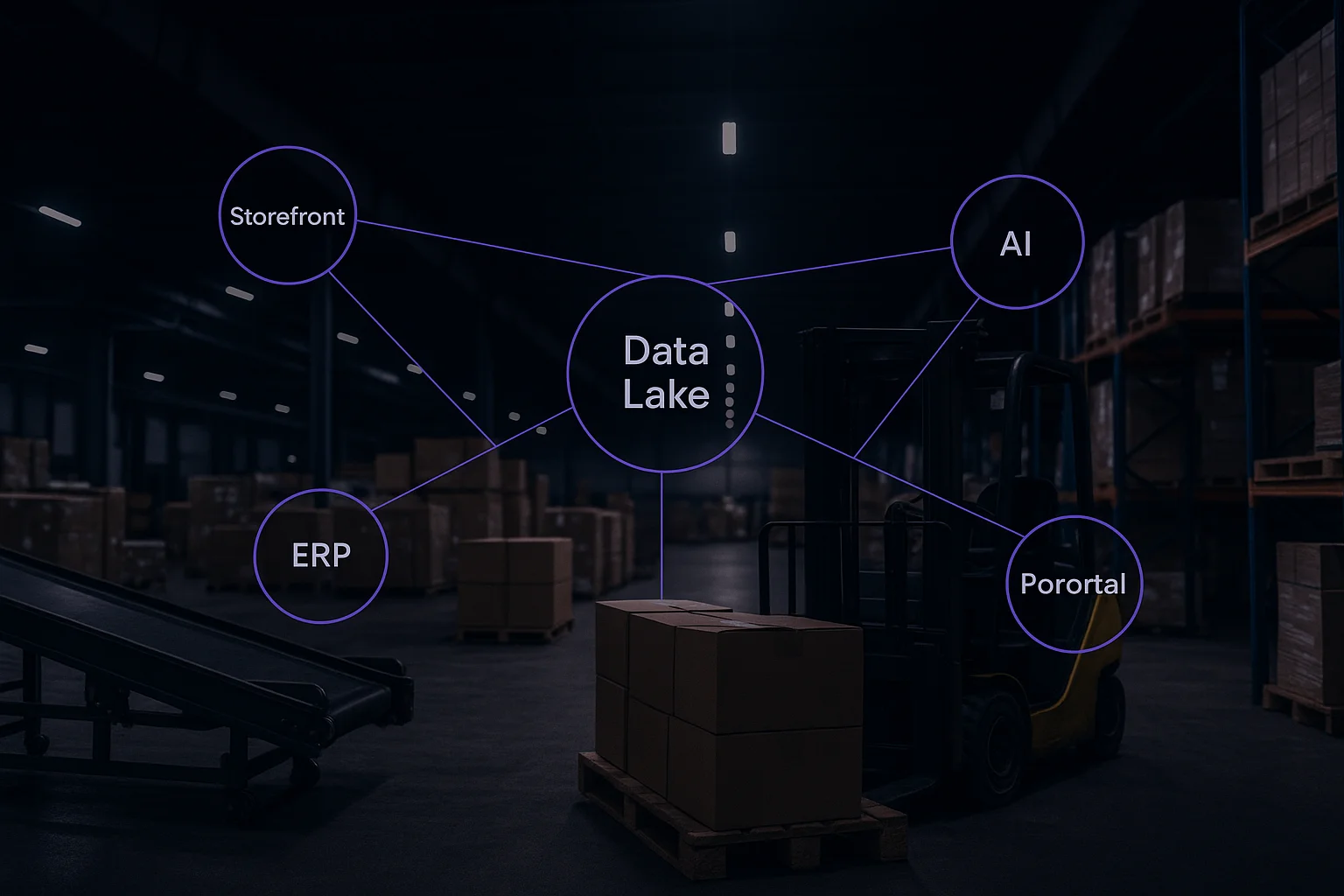Transforming Environmental Monitoring with AI
The University of Texas at Arlington (UTA) has recently unveiled a pioneering technology that leverages artificial intelligence (AI) to identify tree pollen, a breakthrough that is nothing short of revolutionary. This innovative system utilizes machine learning algorithms to analyze and classify pollen types, which can significantly improve public health forecasts and increase awareness of pollen-related allergies. Given the rising prevalence of allergic reactions and respiratory issues linked to pollen, this technology stands to benefit not only individuals but also businesses operating in sectors such as healthcare, environmental services, and e-commerce.
The Current Landscape of Pollen Identification
Traditionally, pollen identification has been a labor-intensive and time-consuming process reliant on manual observation and analysis. Experts would often need to take samples and analyze them under a microscope to determine the type and concentration of pollen in the air. This method, while effective, lacks the speed and scalability needed to provide real-time insights for public health initiatives.
The emergence of AI has transformed this landscape, allowing for the automation of pollen identification through data-driven methodologies. UTA’s system is designed to analyze vast amounts of environmental data quickly and accurately, providing insights that were previously unattainable. This technology not only streamlines the identification process but also enhances its accuracy, thereby improving the overall effectiveness of pollen forecasts.
The Real Impact on Public Health and Business
The implications of UTA’s AI-powered pollen identification technology are profound. For public health officials, accurate pollen forecasts can help in issuing timely warnings to individuals susceptible to allergies, thus reducing hospital visits and improving quality of life. Businesses in the healthcare sector can leverage these insights to develop targeted marketing campaigns for allergy medications and treatments, tailoring their messaging to coincide with peak pollen seasons.
Furthermore, e-commerce platforms specializing in health products can use this data to optimize their inventory and marketing strategies. By aligning product promotions with pollen forecasts, businesses can increase their relevance and effectiveness in reaching customers, ultimately driving sales and enhancing customer satisfaction.
How AI is Changing the Game for Environmental Science
The application of AI in environmental science extends far beyond pollen identification. As researchers continue to refine these technologies, the potential for broader applications becomes evident. For instance, AI can be utilized to monitor air quality, track climate change indicators, and even predict natural disasters. By integrating AI into environmental monitoring, scientists can gather real-time data, leading to more informed decision-making and proactive measures in addressing environmental challenges.
Moreover, businesses can capitalize on these advancements by incorporating AI-driven solutions into their operational strategies. Companies focused on sustainability and environmental stewardship can harness AI technologies to enhance their product offerings and improve operational efficiencies, thus positioning themselves as leaders in their respective industries.
What This Means for Your Business
As the implications of UTA’s technology unfold, businesses across various sectors must consider how they can adapt and leverage these advancements. Companies involved in health, environmental services, and e-commerce should look for ways to integrate AI-driven insights into their operations. Here are a few actionable steps:
1. Invest in AI Technologies: Explore partnerships with technology providers to implement AI solutions tailored to your business needs.
2. Utilize Data Analytics: Leverage AI-driven data analytics to gain real-time insights into market trends, customer behavior, and public health data.
3. Enhance Customer Engagement: Develop targeted marketing strategies based on pollen forecasts and environmental data to better connect with your audience.
4. Focus on Sustainability: Use AI technologies to improve operational efficiencies and reduce environmental impacts, aligning your business with consumer preferences for sustainability.
The Future of AI in Environmental Monitoring
Looking ahead, the integration of AI into environmental monitoring will continue to evolve. As more institutions like UTA invest in research and development, we can expect to see advancements that not only improve pollen identification but also enhance overall environmental health monitoring systems. This evolution will likely lead to collaborative efforts between academia and industry, fostering innovation that addresses pressing environmental challenges.
Moreover, businesses that proactively embrace these technologies will not only enhance their operational capabilities but also position themselves as forward-thinking leaders in their industries. The synergy between AI and environmental science holds incredible potential to transform how we interact with our surroundings and manage public health.
Conclusion: Embrace the Change
The adaptation of AI to identify tree pollen by UTA is a prime example of how technology can drive significant advancements in public health and environmental monitoring. As businesses and organizations respond to these innovations, they have the opportunity to enhance their strategies, engage customers more effectively, and contribute to a healthier future. Adopting AI technologies not only prepares you for the challenges of today but also positions your business as a pioneer in the upcoming wave of digital transformation.



